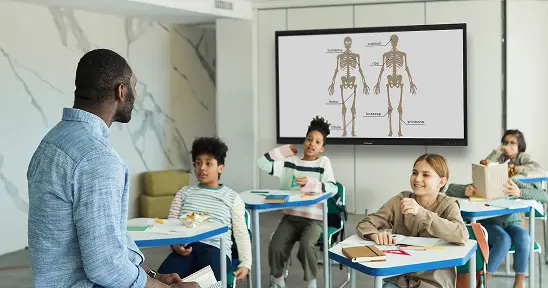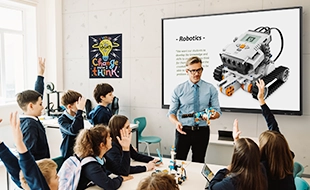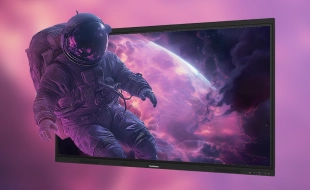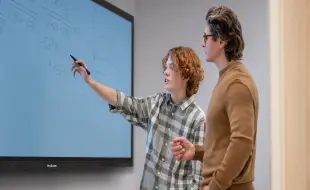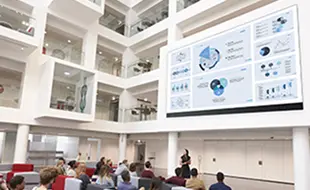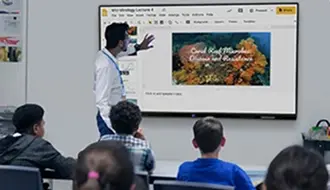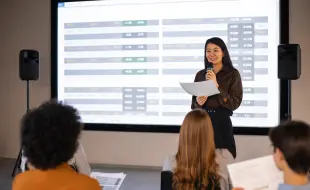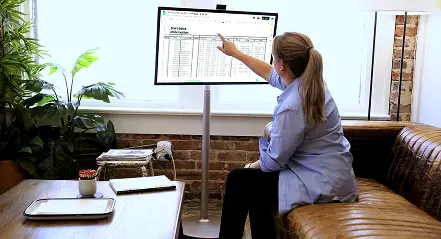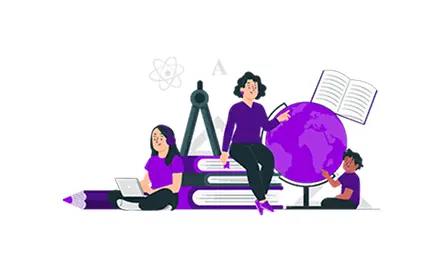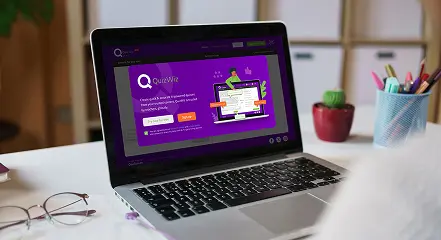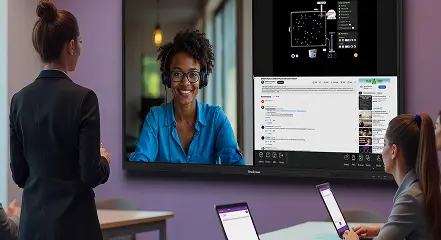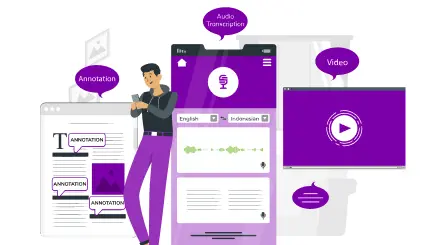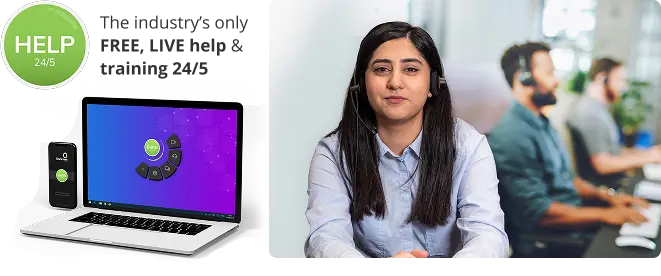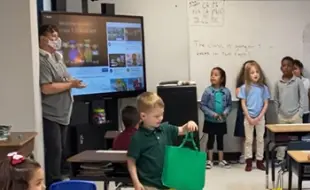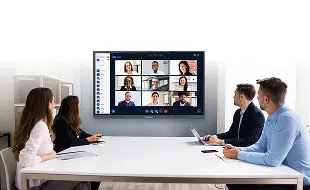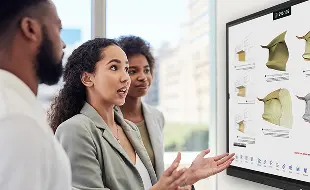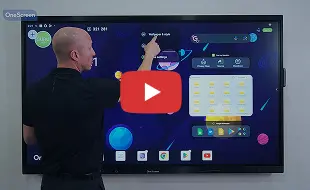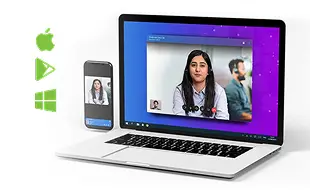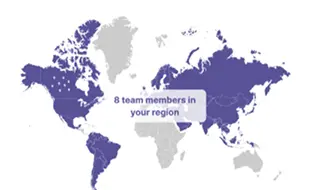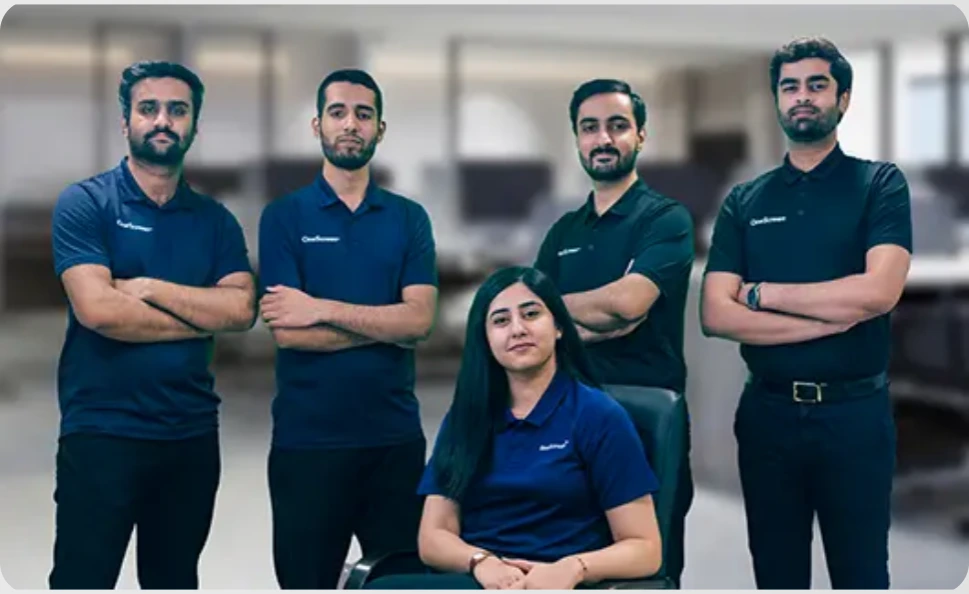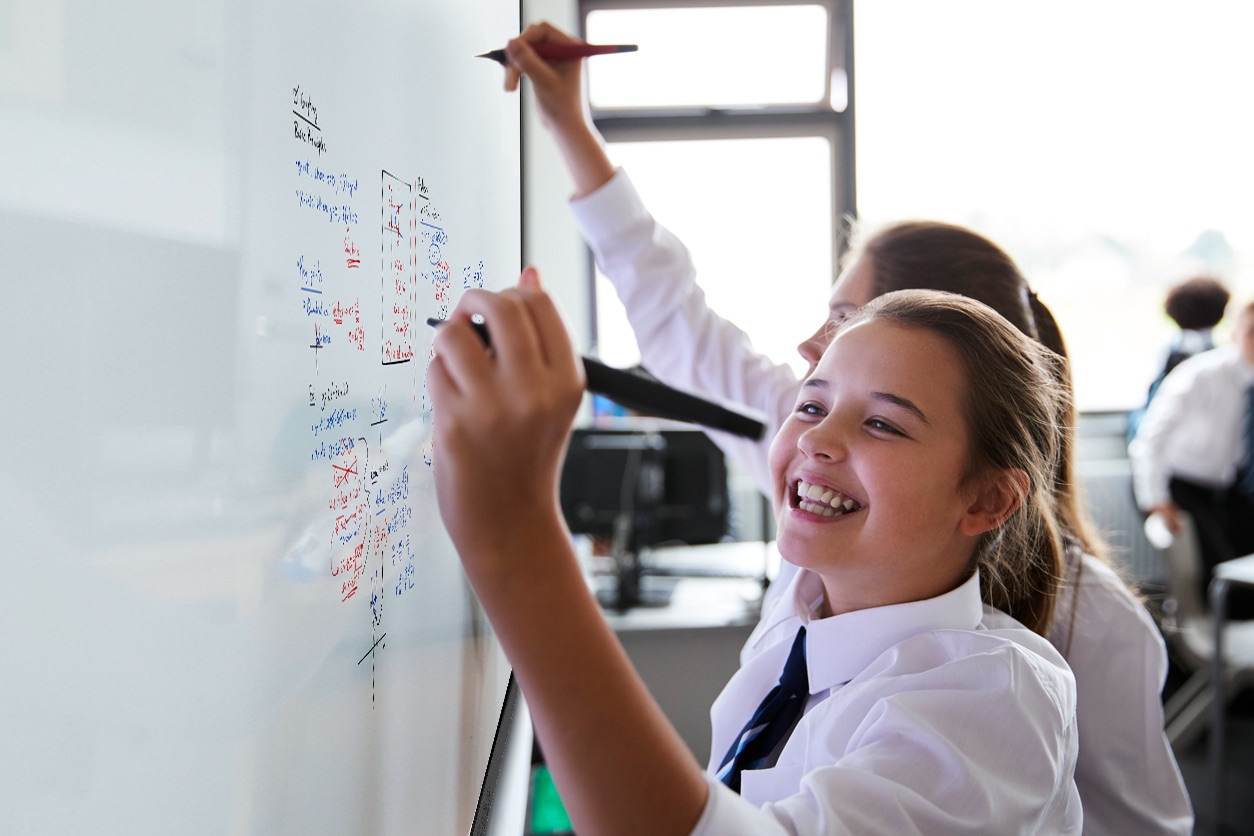
Education Evolution
** This post was originally published on LinkedIn Pulse **
The last few years have dramatically changed the look and the outlook for many schools around the country.
Take a glimpse inside your neighborhood school. Is the view the same as it has been for decades? For most schools, even in rural areas, the answer is no. The Journal reported that 95% of teachers are using some form of technology in the classroom now, especially devices for streaming video.
In modern classrooms, you might notice that Touchscreens have replaced blackboards, laptops have taken the place of paper writing pads, and perhaps you might even see teachers wearing badges that send out instant alerts during critical events.
This natural evolution parallels the advances in technology that have redefined society over the past few years, resulting in optimized curriculums with EdTech tools to enhance the learning experience.
Sometimes subtle, sometimes dramatic, these upgrades to the structure of education have remained a constant in our uncertain world. When educators stay in tune with the changes around them, every student has a chance to reach their highest potential.
8 Statistics That Show Which Direction Education is Headed
Look over these very telling numbers that indicate how recent changes have impacted the nature of education and what that means for the years ahead.
Almost nine in 10 students say they use digital learning tools at school at least a few days per week.
Presently, digital learning tools have become the standard at large. As students learn the skills they need to succeed in higher education, their careers and beyond, technology is a prerequisite. Much of what students work on both in and outside the classroom, such as writing papers, preparing presentations, communicating with their peers, conducting research, etc., now rely on EdTech tools almost entirely to function.
89% of households had a computer in 2016 compared to 79% in 2015.
Although six years seems like a world away now, this 10% increase in household computers over a period of one year indicates just how essential home technology tools have become over the last decade. The average family’s use of computers in the home for a myriad of reasons has largely driven a growing student need for digital research in schools, as well as online learning tools and virtual documents.
42% of students would like to use digital learning tools at school more often, while only 8% say they would like to use them less often.
Educators have always been there to listen to their students and are acutely aware of their needs. Students have pushed for more modern technology in the classroom to harmonize between their life at school and changes in the world around them. Students learn best and can better prepare for their next steps when their shared learning environment is future-forward.
56% of classes use digital tools for research.
Most research can be conducted online, offering more available resources with the use of academic databases available anytime and anywhere that multiple students can access at once. Even required course materials and assignments often rely on interactive digital documents and Touchscreens.
In 2020, 50% of schools reported teaching all of their classes online from home.
The rapid shift that occurred at the beginning of the pandemic left many schools grappling with having to navigate a virtual learning environment for the very first time. However, in districts with lower-income students, only 36% reported teaching only online classes. This demonstrates how some schools struggle to find the resources needed to support an environment that demands adequate technology to function, illuminating the need for affordable EdTech across the board.
85% of teachers want better training to get them up-to-speed on tech-centered education.
As virtual and hybrid classrooms quickly became the new normal, educators faced a huge challenge in adapting their approach, especially those who had not yet mastered the tech-centered knowledge to connect with students in an entirely new way. 60% of teachers said they felt only somewhat prepared, while 25% felt unprepared for virtual lessons. With new technology, personalized and recurrent training has become essential in the effort to provide the best education possible, enhanced by all the new tech tools at their disposal.
73% of teachers who use blended learning have noticed an increase in student engagement.
Students respond well to EdTech tools that make learning more collaborative and participatory, compared to the slower pace of a more traditional classroom structure. Technology brings lessons to life with real-time screen sharing and interactive learning exercises. It has been shown to boost motivation while improving communication between students and their teachers as well.
The use of digital tools in education reduced 85% of carbon emissions in some areas.
With the advent of virtual and hybrid learning, the use of nonrenewable resources has dropped and generated less waste overall. And despite the use of digital tools, energy-efficient virtual classrooms can reduce energy reliance by 87%, cultivating more sustainable environments for schools everywhere.
Help for Adapting to Rapid Change
Though keeping up with technology in the education world can seem daunting, OneScreen is committed to serving the needs of school leaders – so they can better serve their students.
Future-proofing EdTech
To reap the benefits of all these changes, educators can now get out ahead of the curve by putting EdTech in place that adapts to advances in technology far into the future. To streamline and lower the costs of purchasing EdTech, we recently introduced Subscription, breaking down upfront payments into installments and ensuring that schools can offer equal access to ever-current technology within tight school budgets. Only OneScreen can assure school leaders of automatic upgrades every 3 years with any Subscription purchase.
Holistic Approach to Equipping the Entire School Campus
Going the extra mile, last year OneScreen introduced educators to EdTech as a Service, allowing schools and districts to think holistically about building better learning environments in and beyond the classroom. EdTech as a Service includes Touchscreens for the classroom as well as AI-enhanced security cameras with on-board analytics and a real-time alert and location service getting help on the spot fast during critical events.
Free, Unlimited Tech Help and Training
Recurrent tech training and on-demand trouble-shooting are both essential to the process of making educators feel at home with their new tools. Educators can rest assured that our free, unlimited Screen Skills Guru help and training is only the touch of a button away to help teachers make the most of their classroom technology no matter what else changes.
OneScreen equips educators with the tools they need to meet the changes in education along with the support they need to keep learning fun for everyone.
See what’s new in EdTech on our Hardware, Software and Security pages.

 EN
EN  US
US  CA
CA  CO
CO  MX
MX  AE
AE  UK
UK  ES
ES  PK
PK 